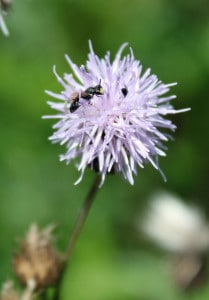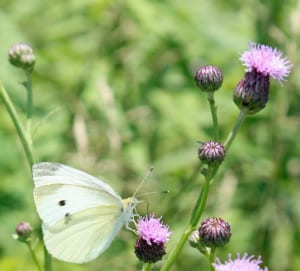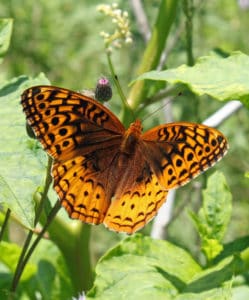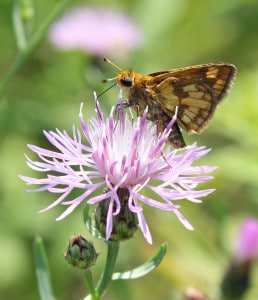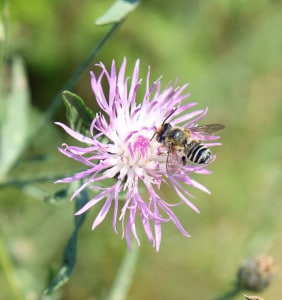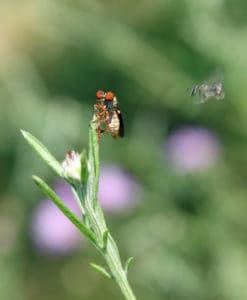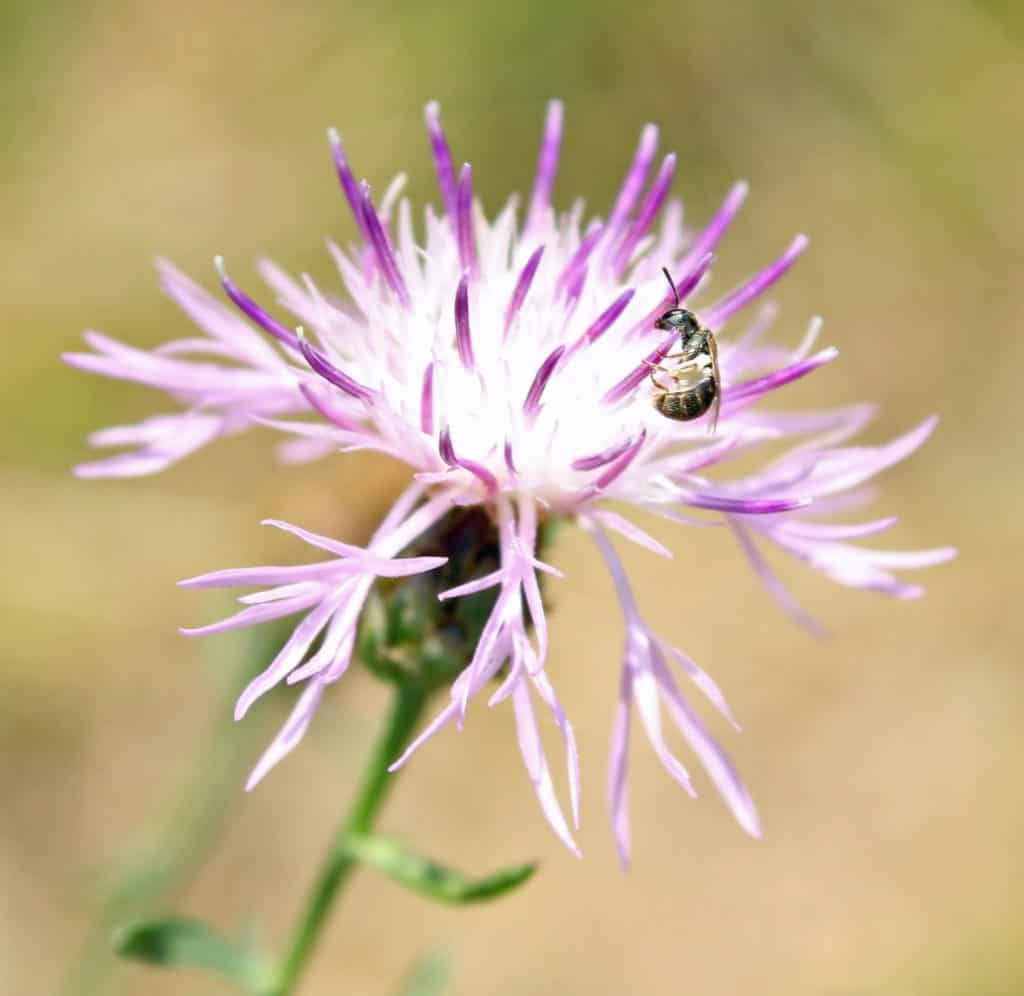
In the previous two blogs, I have talked about the invasive plant “Spotted Knapweed.” Centaurea stoebe is native to Europe and was introduced into the United States in the late 1800s through contaminated seed. Spotted knapweed is considered by some a nuisance because it displaces native plants and forage for livestock. The plant releases toxins which degrade livestock growth when foraged on. To insects and beekeepers this plant is beneficial by producing nectar and pollen sources. It can produce 1000 or more seeds per plant. These seeds can remain viable for several years in soil and may only show up a few years after introduction.
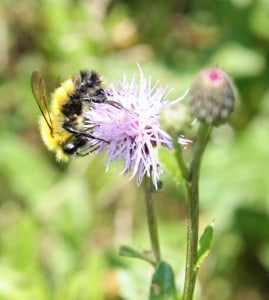
I have photographed many different insect species that take advantage of this plants nectar and pollen source. In these photos you can see various insect species I’ve found. If anyone can identify these insects genus or species please comment. If you zoom in on the image above of the male Bombus perplexus, you can see small mites or bee louse on turgum 1-3(abdomen) and on the hind leg.
